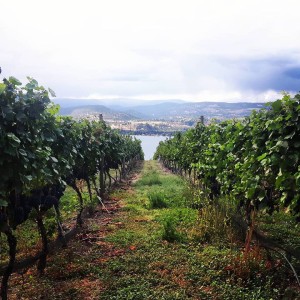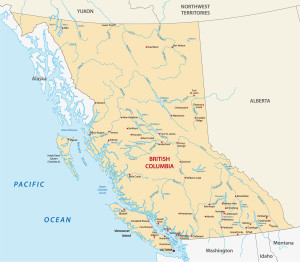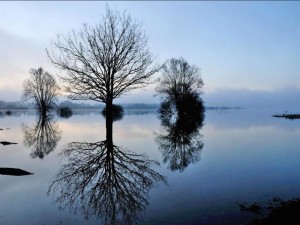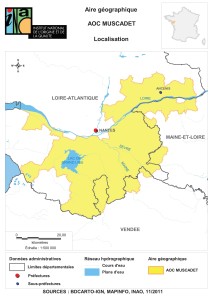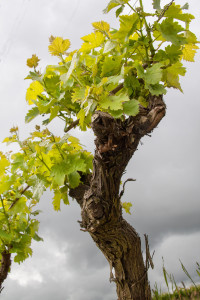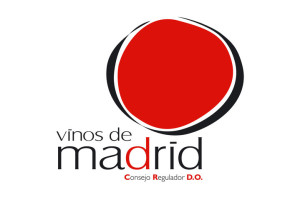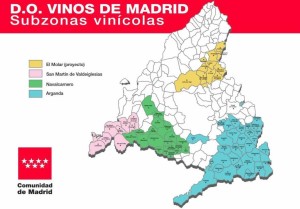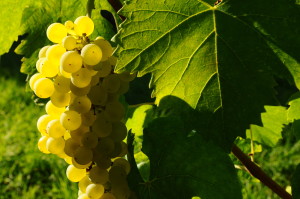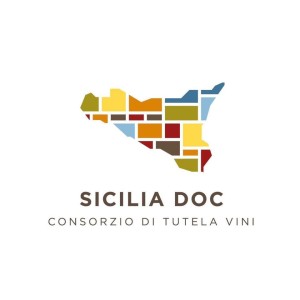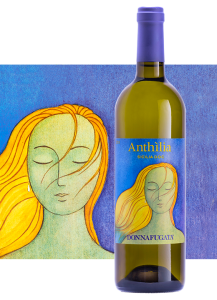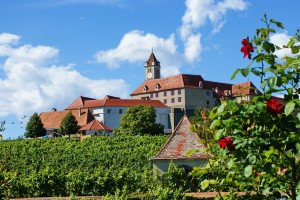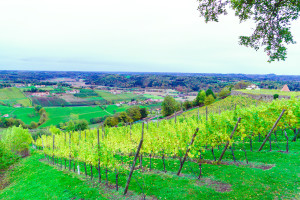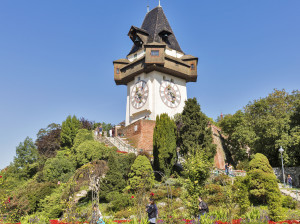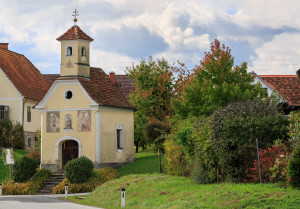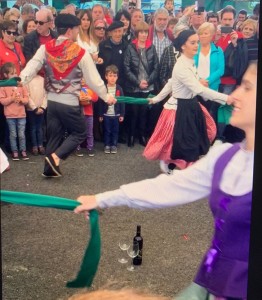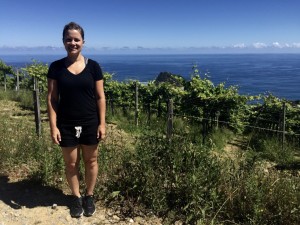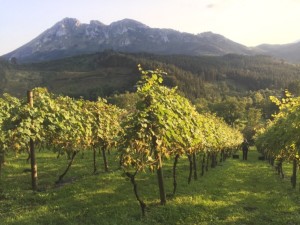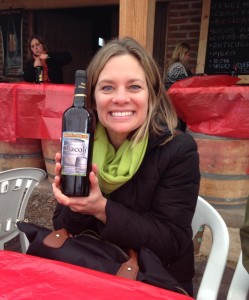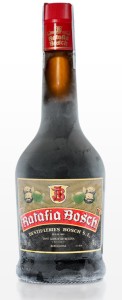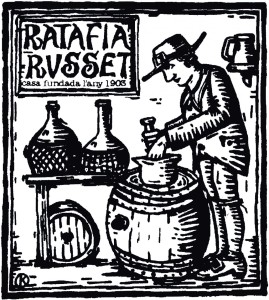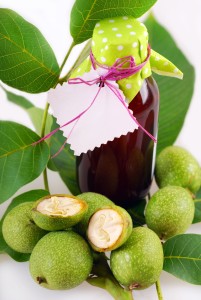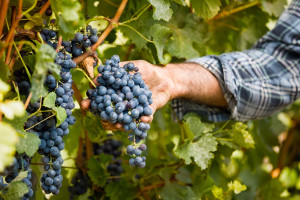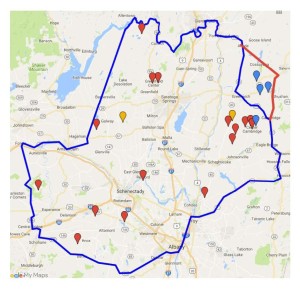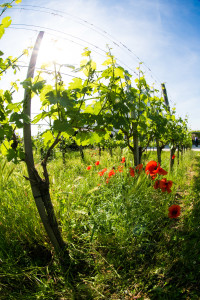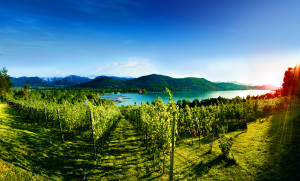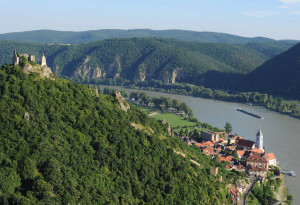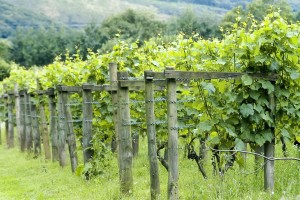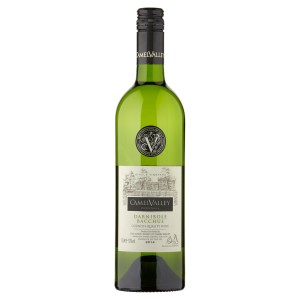On May 13, 2019, the British Columbia Vintners Quality Alliance announced the approval and registration of two new geographical indications—Naramata Bench and Skaha Bench. Both of these areas are contained within and considered to be sub-appellations of the larger Okanagan Valley GI—itself located in the Canadian province of British Columbia just north of the US border.
The new appellations were approved by the British Columbia Wine Authority in January 2019; at that time the proposals (recommendations) were sent to the Minister of Agriculture as required under British Columbia’s “Wines of Marked Quality” regulations. On May 13 the registrations were complete.
Here are some details concerning these new GIs:
Naramata Bench: The Naramata Bench GI occupies the bench lands located along the south and east side of Lake Okanagan, extending north from Penticton Creek to the edge of Okanagan Mountain Park. The area consists of rolling hills and a diversity of soils that make for a range of microclimates; however, the area tends to be slightly warmer—and enjoys a longer growing period and more frost free days—than the surrounding areas.
There are more than 30 wineries located within the Naramata Bench GI, including Bella Wines (specializing in sparkling wines), D’Angelo Estate Winery, Deep Roots Winery, and Serendipity Winery. See the website of the Naramata Bench Winery Association for a complete list. The entirety of the Naramata Bench GI covers just under 3,650 hectares; of these, 250 hectares (620 acres) are currently planted to vine. The leading grapes of the region include Merlot, Pinot Gris, Chardonnay, and Pinot Noir.
Skaha Bench: The Skaha Bench GI is located entirely atop of—and named for—a geological terrace that runs alongside the eastern edge of Lake Skaha. The area, located to the east and south of the city of Penticton, consists mainly of west-facing slopes that allow for cool air to drain downward toward the lake shore. This makes the land atop the 10-kilometer-long (6.2-mile-long) Skaha Bench slightly warmer than most of the surrounding area.
Wineries located within the Skaha Bench GI include Black Dog Cellars, Blasted Church Vineyards, Crescent Hill Winery, Painted Rock Estate Winery, and Pentâge Winery. The entirety of the Skaha Bench GI covers just under 365 hectares; of these, 75 hectares (185 acres) are currently planted to vine.
With the approval of the Naramata Bench and Skaha Bench GIs, the Okanagan Valley now contains four total sub-appellations, including the previously-approved Okanagan Falls (established in 2018) and Golden Mile (established in 2014) areas.
References/for further information:
- https://news.gov.bc.ca/releases/2019AGRI0038-000945
- https://winebc.com/
- http://naramatabench.com/ (includes a map of the Naramata Bench GI)
- Recommendation-Naramata Bench GI (includes a map)
- Recommendation-Skaha-Bench GI includes a map)
Post authored by Jane A. Nickles – your blog administrator
